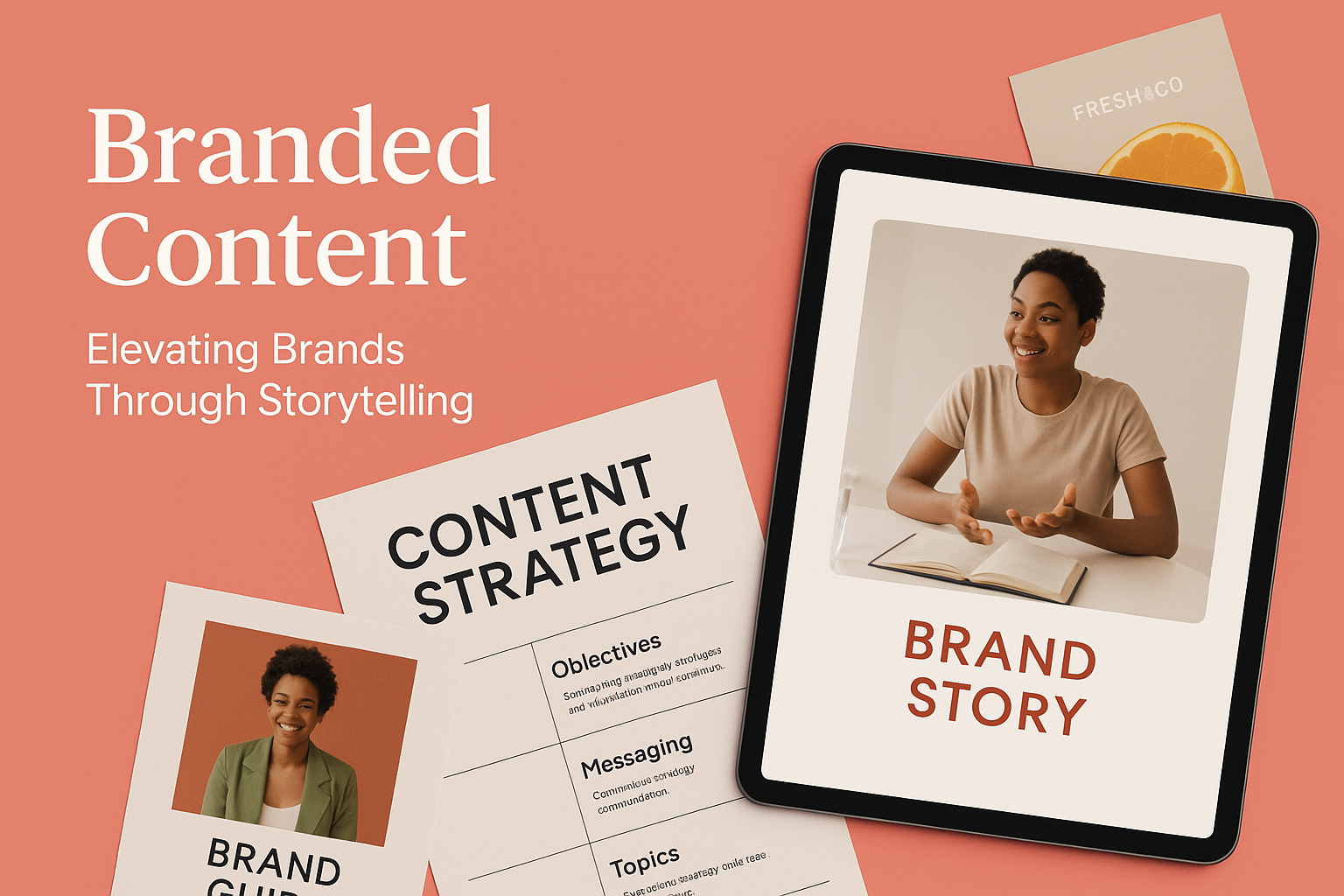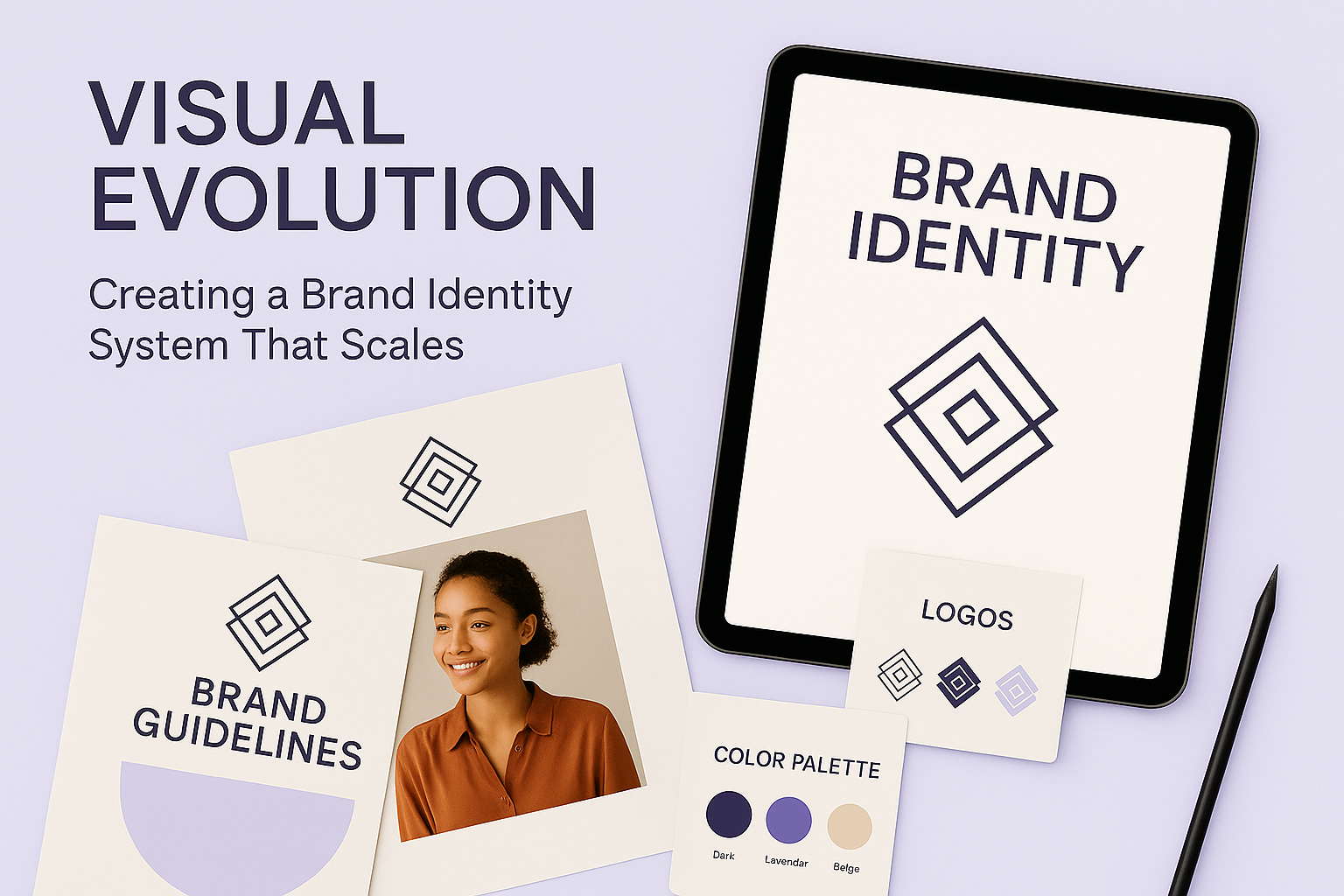Branded Content
Elevating Brands Through Storytelling

Content Highlights
Overview The Role of Storytelling in Modern Branding Building a Content Strategy That Connects Our Process: Story-First Content Creation Formats, Channels & Deliverables Results & Measurable Impact Frequently Asked QuestionsOverview
In a world where consumers are bombarded by messages daily, branded content isn’t just about making noise — it’s about making meaning. This case study details how Brandube helped a purpose-driven lifestyle brand grow their following, increase sales, and deepen emotional engagement through strategic storytelling and content creation.
From foundational narratives to scroll-stopping visuals, motion graphics, and interactive campaigns, our content team shaped a digital presence that didn’t just speak — it resonated.
The Role of Storytelling in Modern Branding
Today’s audiences want more than features — they want stories. They want to know what you believe in, what you stand for, and how your product fits into their world. Storytelling transforms transactions into relationships.
For our client, we unearthed emotional triggers their audience cared about: sustainability, confidence, freedom, and transformation. These became the foundation of a compelling brand story told across formats, channels, and moments of interaction.
Building a Content Strategy That Connects
Great branded content doesn’t happen by chance. It starts with a strategy that aligns brand goals with audience interests. We built a strategy centered around three pillars:
- Educational Value: Informative content that helped the audience understand the “why” behind the product.
- Emotional Storytelling: Video and written formats that told transformation stories using real customer journeys.
- Community-Driven Content: Social engagement prompts, behind-the-scenes content, and UGC incentives that made followers feel like insiders.
Our strategy wasn’t just content for content’s sake — it was a narrative engine designed to build trust, spark engagement, and drive action.
Our Process: Story-First Content Creation
We kicked off the project with a content discovery sprint, identifying existing gaps, brand language inconsistencies, and missed storytelling opportunities. Then we mapped out the brand voice, key personas, and content themes aligned with customer journeys.
Each content piece — whether a micro-animation, Instagram reel, or blog article — was treated as a storytelling opportunity. Our creative process included:
- Scriptwriting & Copywriting: Optimized for both emotional resonance and SEO discoverability.
- Art Direction: Custom visual treatments created to evoke mood, energy, and personality.
- Motion Design: Used sparingly but strategically to create modern, dynamic moments that held attention.
- Performance Review: Data-informed iterations based on real-time engagement metrics and feedback loops.
Formats, Channels & Deliverables
Our content system was designed for reach, relevance, and reusability. Assets were created to serve multiple platforms with contextual clarity, not copy-paste replication. Deliverables included:
- Website hero messaging and product storytelling blocks
- Instagram carousel series and motion reels
- Explainer videos and customer story animations
- SEO-optimized long-form blog posts
- Email campaign storytelling sequences
- LinkedIn & Medium thought-leadership content
Results & Measurable Impact
Within 90 days, our branded content ecosystem delivered more than impressions — it created meaningful brand moments that converted. We tracked both quantitative and qualitative results:
- 3.6x higher engagement: on visual content vs. previous campaigns
- 42% increase in time-on-site: on storytelling landing pages
- Brand sentiment shift: measured via audience polls and DM feedback
- 300% increase in shares: on Instagram story-driven content series
More importantly, the brand gained a clear identity and voice that their audience recognized and remembered. Branded content became a strategic moat — not just a creative output.
Frequently Asked Questions
- What’s the difference between branded content and traditional marketing?
Branded content focuses on storytelling and emotional connection rather than direct promotion. It’s about value-first engagement, not just pushing a product. - How long does a branded content strategy take to build?
Depending on the scope, a full strategy and launch-ready content system can take 3–6 weeks, including research and production. - What formats perform best?
This varies by audience, but short-form video, carousels, and narrative-based blogs currently drive the most engagement across platforms. - How do you measure content success?
Engagement rate, dwell time, content shares, conversions from content hubs, and qualitative audience feedback. - Can storytelling really increase sales?
Absolutely. Storytelling builds emotional resonance and brand trust — two key ingredients in increasing conversions and retention.

